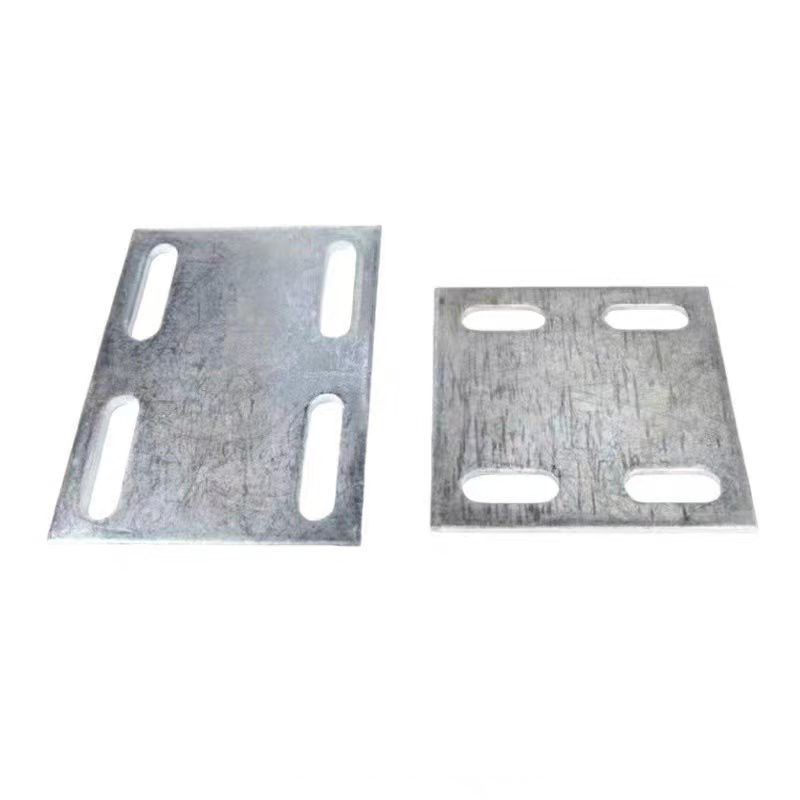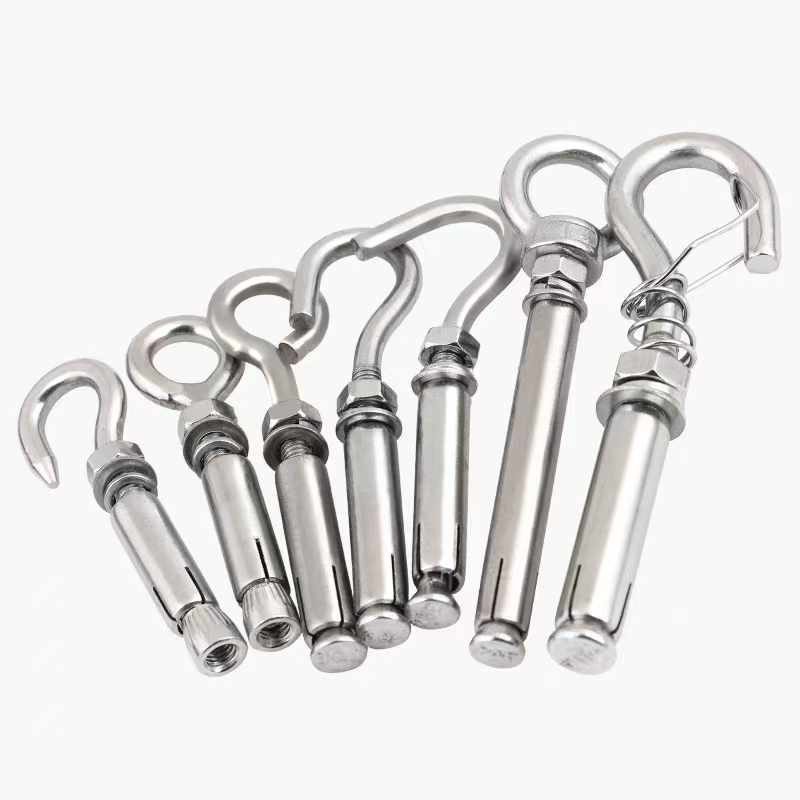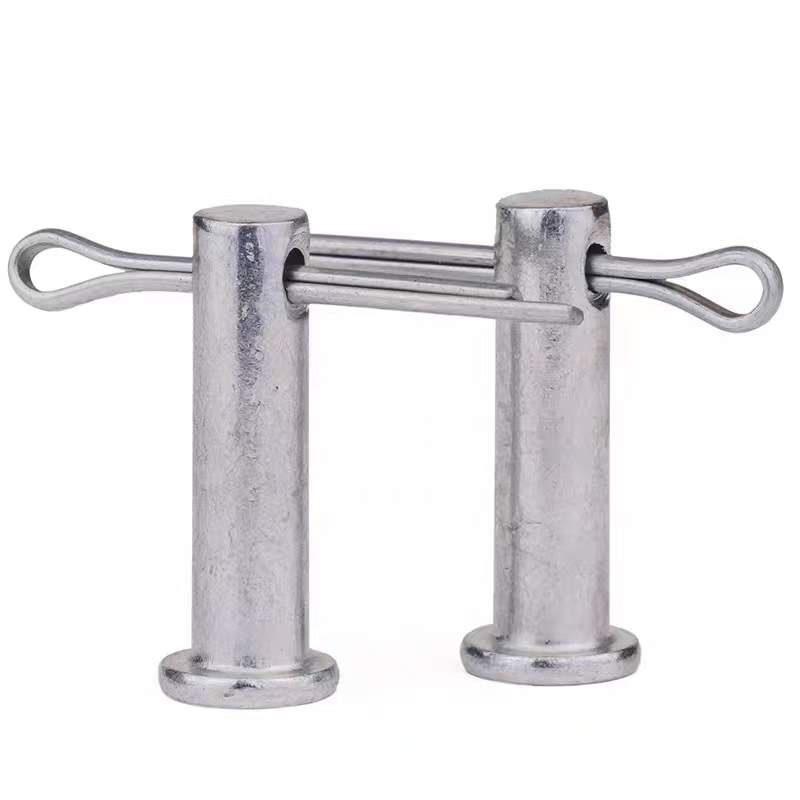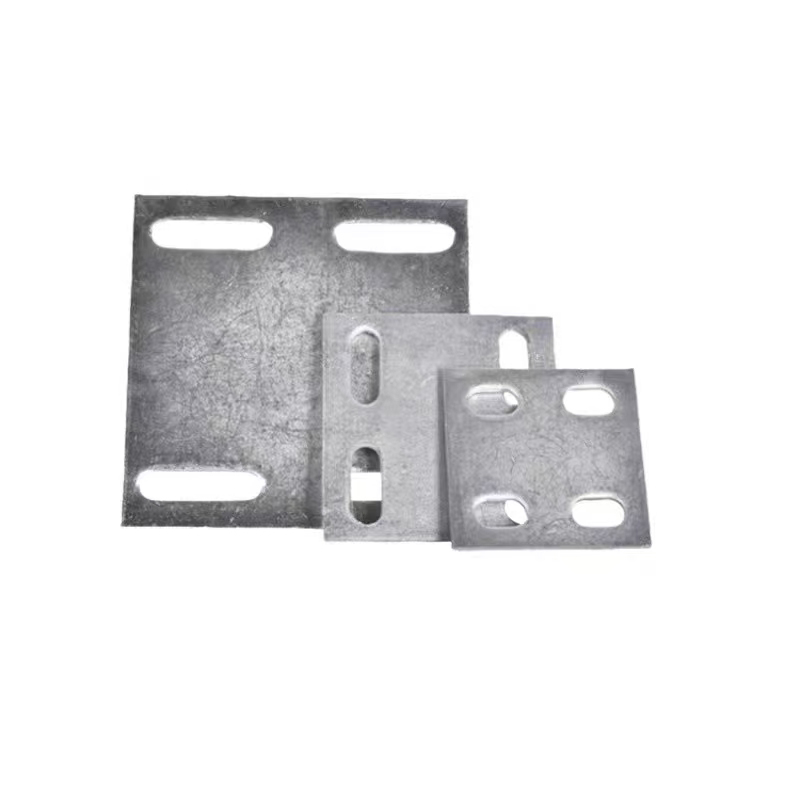- Chinese
- French
- German
- Portuguese
- Spanish
- Russian
- Japanese
- Korean
- Arabic
- Irish
- Greek
- Turkish
- Italian
- Danish
- Romanian
- Indonesian
- Czech
- Afrikaans
- Swedish
- Polish
- Basque
- Catalan
- Esperanto
- Hindi
- Lao
- Albanian
- Amharic
- Armenian
- Azerbaijani
- Belarusian
- Bengali
- Bosnian
- Bulgarian
- Cebuano
- Chichewa
- Corsican
- Croatian
- Dutch
- Estonian
- Filipino
- Finnish
- Frisian
- Galician
- Georgian
- Gujarati
- Haitian
- Hausa
- Hawaiian
- Hebrew
- Hmong
- Hungarian
- Icelandic
- Igbo
- Javanese
- Kannada
- Kazakh
- Khmer
- Kurdish
- Kyrgyz
- Latin
- Latvian
- Lithuanian
- Luxembou..
- Macedonian
- Malagasy
- Malay
- Malayalam
- Maltese
- Maori
- Marathi
- Mongolian
- Burmese
- Nepali
- Norwegian
- Pashto
- Persian
- Punjabi
- Serbian
- Sesotho
- Sinhala
- Slovak
- Slovenian
- Somali
- Samoan
- Scots Gaelic
- Shona
- Sindhi
- Sundanese
- Swahili
- Tajik
- Tamil
- Telugu
- Thai
- Ukrainian
- Urdu
- Uzbek
- Vietnamese
- Welsh
- Xhosa
- Yiddish
- Yoruba
- Zulu
- Kinyarwanda
- Tatar
- Oriya
- Turkmen
- Uyghur

Electro-galvanized countersunk cross bolts
Electro-Galvanized Countersunk Cross Bolts: Practical Insights
Electro-galvanized countersunk cross bolts might sound niche, but they play a critical role in countless applications. Understanding their properties, advantages, and potential pitfalls can make a significant difference in their effective use. These bolts aren't just about holding things together; they're about doing it efficiently and effectively, especially when dealing with corrosion-prone environments.
The Basics of Electro-Galvanization
Electro-galvanization involves coating bolts with a layer of zinc to prevent corrosion. This process isn't foolproof, but it provides a decent level of protection in most environments. When I first started using these bolts, the appeal was their cost-effectiveness and ease of availability. Compared to hot-dip galvanization, they're thinner in coating but suitable for indoor use where extreme exposure isn't a concern.
From experience, a common misunderstanding lies in assuming all galvanization provides the same protection. But electro-galvanized bolts are typically more suited for controlled environments. Handan Zitai Fastener Manufacturing Co., Ltd., located in Yongnian District, exemplifies one such producer that ensures top quality. Their proximity to major transport routes makes distribution both easy and fast.
In practice, applications with electro-galvanized bolts can vary. While initially, I used them almost universally, I learned to differentiate projects based on their exposure to elements. Using them in a damp basement proved less ideal when compared to a well-ventilated interior space.
The Craft of Countersinking
The countersunk design offers a smooth surface for bolting. It’s fascinating how this simple feature can transform a project's finish. When properly implemented, it prevents snags, provides a cleaner look, and can be critical in moving parts applications.
Precision in countersinking involves a bit of finesse. The angle and depth must align perfectly with the bolt head. It’s not just about drilling a hole and hoping for the best. With countersunk cross bolts, trial and error initially cost me time, but over time, I developed calibrated tools for precision.
Moreover, in sectors like carpentry or manufacturing, aesthetics and functionality must coexist without compromise. Investing the extra time in learning these details paid dividends in client satisfaction.
Cross Bolts and Their Unique Edge
The cross feature of these bolts provides a unique edge. The advantage? Better torque and ease of screwdriver alignment. Imagine trying to tighten a standard bolt in a cramped space; the cross slot design often comes to the rescue.
In practice, this not only saves time but reduces wear-and-tear on tools. It’s the little things that often go unnoticed, yet make work smoother. The cross design prevents stripping, which, if you’ve ever dealt with damaged bolts, you’ll know exactly how much of a headache that can be.
Still, sourcing quality is vital. That's why turning to reputable suppliers like Handan Zitai Fastener Manufacturing Co., Ltd. remains crucial, ensuring the bolts meet rigorous use standards.
Common Pitfalls and Practical Tips
One mistake I see often is misuse in high exposure environments without additional treatment. Electro-galvanized bolts need the right setting. Otherwise, they corrode quicker than expected, leading to potential failures.
Another tip: always double-check the countersink fit. A poorly fitted bolt is as much about the hole as it is about the bolt itself. A tight, flush fit can avoid many aesthetic and structural issues.
Finally, maintenance is often overlooked. Regular checks can identify early signs of wear, ensuring longevity. Simple practices can prevent more costly repairs down the line.
Conclusion: Making the Right Choice
Navigating these choices effectively means understanding the material, the environment, and the function. Making informed decisions improves outcomes, whether it's a large-scale project or a small DIY task. By choosing partners like Handan Zitai Fastener Manufacturing Co., Ltd., I ensure quality from the source. Their convenient location in Hebei Province offers practical solutions for diverse needs.
Ultimately, the right knowledge and approach turn electro-galvanized countersunk cross bolts from a mere component to a strategic asset in any project.
Related products
Related products
Best selling products
Best selling products-
 Electrogalvanized expansion bolts
Electrogalvanized expansion bolts -
 Electrogalvanized embedded plate
Electrogalvanized embedded plate -
 7-shaped anchors (7-shaped anchor bolts)
7-shaped anchors (7-shaped anchor bolts) -
 Colored zinc plated countersunk cross bolts
Colored zinc plated countersunk cross bolts -
 Electro-galvanized countersunk cross bolts
Electro-galvanized countersunk cross bolts -
 Colored zinc-plated gaskets
Colored zinc-plated gaskets -
 U-bolts
U-bolts -
 Welding nails
Welding nails -
 Colored zinc-plated expansion hook
Colored zinc-plated expansion hook -
 Black zinc plated countersunk cross bolts
Black zinc plated countersunk cross bolts -
 10.9S large hexagon bolts
10.9S large hexagon bolts -
 Electrogalvanized hinge bolts
Electrogalvanized hinge bolts















